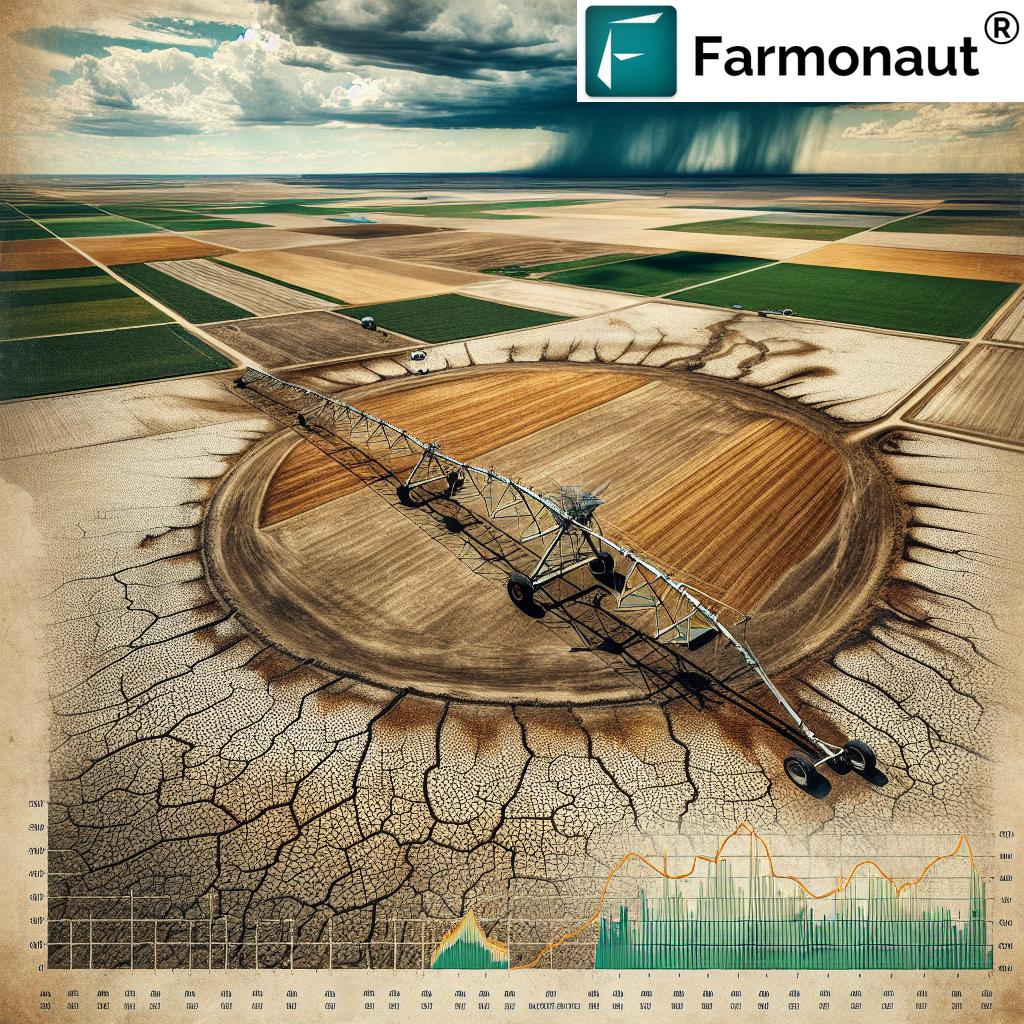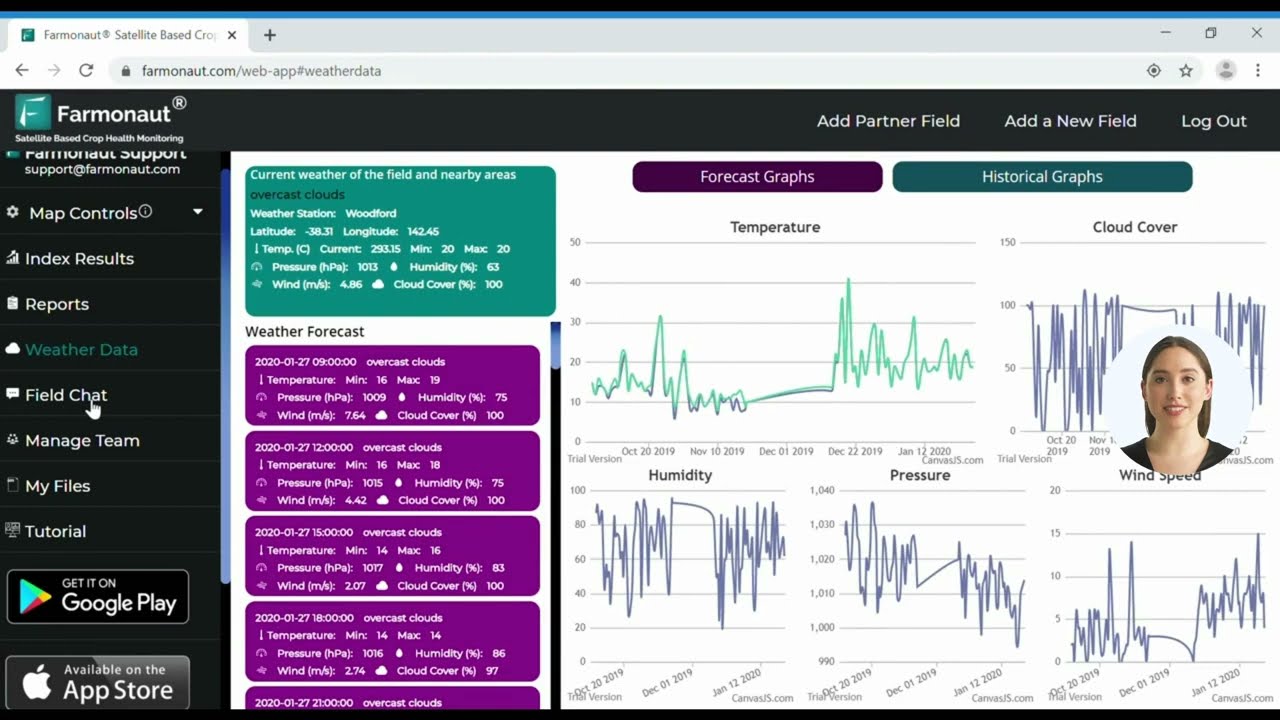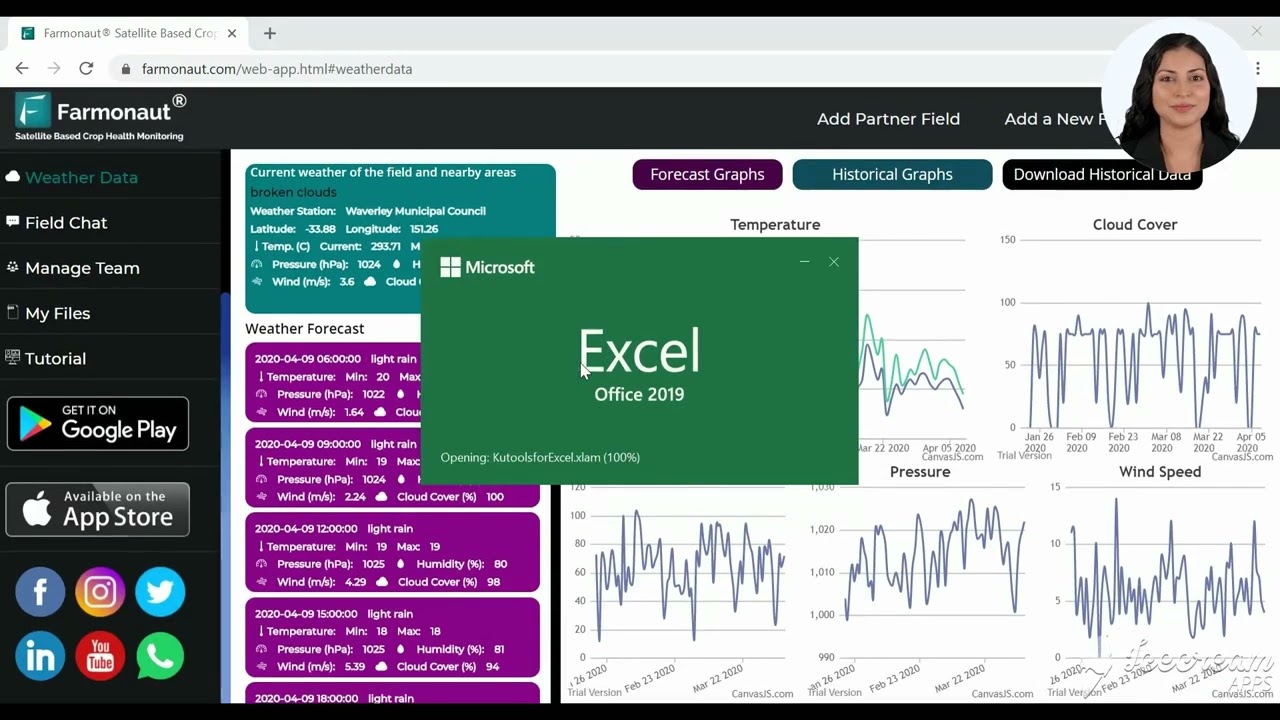Nebraska’s Groundwater Crisis: Drought Impact on Aquifer Levels and Agricultural Sustainability
“Nebraska’s groundwater levels dropped an average of 0.5 feet from 2023 to 2024, exacerbating the state’s ongoing drought crisis.”
In the heartland of America, Nebraska faces a growing challenge that threatens its agricultural prowess and environmental stability. As we delve into the complexities of Nebraska’s groundwater crisis, we’ll explore the far-reaching impacts of persistent drought conditions on the state’s vital aquifer levels and the sustainability of its agricultural sector.
Understanding Nebraska’s Groundwater Decline
The recent report from the University of Nebraska-Lincoln’s School of Natural Resources has brought to light a concerning trend: groundwater levels in Nebraska continue their slow but steady decline amidst an ongoing drought. From 2023 to 2024, we’ve witnessed an average decrease of about half a foot in groundwater levels across the state. This decline, while not immediately catastrophic, signals a worrying trajectory for Nebraska’s water resources.
Aaron Young, a geologist with UNL’s conservation survey division, provides a clear analogy: “Groundwater is like a bank account, and during a dry spell, farmers withdraw more water to make crops grow.” This simple yet powerful comparison helps us understand the delicate balance between water usage and replenishment in Nebraska’s agricultural landscape.

The Impact of Prolonged Drought
Eastern Nebraska has been particularly hard hit, experiencing some level of drought since early 2020. This prolonged dry period has led to more significant groundwater level declines in the eastern part of the state. The situation mirrors a withdrawal from our metaphorical water bank account, where the balance keeps dropping due to insufficient deposits in the form of rainfall.
While short-term fluctuations in groundwater levels can recover relatively quickly with above-average rainfall, Nebraska has been lacking sufficient precipitation for several years. This persistent deficit has led to a cumulative effect on groundwater resources, raising concerns about long-term sustainability.
Fire Risk and Vegetation Health
The drought’s impact extends beyond water levels. With approximately 75% of Nebraska currently in drought conditions, the state faces an elevated fire risk, especially during windy spring days. Eric Hunt, a professor of agricultural meteorology and climate resilience, notes that while winter snow provided some relief, it’s not enough to significantly reduce the fire danger.
“Until we really start seeing more moisture across this region to kind of replenish that soil moisture, make the vegetation healthier, kind of help the relative humidity get a little bit higher, we’re going to see that fire risk continue,” Hunt explains. This highlights the interconnected nature of groundwater levels, soil moisture, and overall ecosystem health.
Nebraska’s Unique Position
Despite the challenges, Nebraska holds a unique advantage compared to its neighboring states. The presence of the Ogallala aquifer beneath two-thirds of the state provides a significant buffer against extreme water shortages. This vast underground reservoir has historically been a crucial resource for Nebraska’s agricultural sector, supporting irrigation and providing resilience during dry periods.
However, the enduring decline in groundwater levels serves as a cautionary tale. While one year’s decline may not be cause for immediate alarm, a continued downward trend over many years could lead to serious consequences for Nebraska’s water security and agricultural productivity.
Agricultural Water Use in Dry Years
During drought years, farmers face the difficult challenge of maintaining crop yields with less natural precipitation. This often leads to increased reliance on irrigation, drawing more heavily from groundwater resources. While this practice can help safeguard agricultural production in the short term, it contributes to the overall decline in aquifer levels.
To address this issue, many farmers are turning to innovative technologies and practices to optimize water use. For instance, precision agriculture tools like those offered by Farmonaut can help farmers monitor crop health and soil moisture levels in real-time, allowing for more efficient irrigation strategies. By leveraging satellite imagery and AI-driven insights, farmers can make informed decisions about when and where to apply water, potentially reducing overall water consumption while maintaining crop health.
“Eastern Nebraska has experienced persistent drought conditions since 2020, significantly impacting groundwater levels and agricultural sustainability.”
Groundwater Conservation Measures
As Nebraska grapples with its groundwater challenges, various conservation measures are being explored and implemented:
- Improved Irrigation Efficiency: Adopting advanced irrigation systems, such as drip irrigation or precision sprinklers, can significantly reduce water waste.
- Crop Selection: Choosing drought-resistant crop varieties or shifting to crops with lower water requirements can help conserve groundwater resources.
- Water Metering: Implementing comprehensive water metering systems allows for better monitoring and management of water usage across the state.
- Education and Outreach: Raising awareness about water conservation among farmers and the general public is crucial for long-term sustainability.
- Technological Solutions: Utilizing advanced technologies for crop monitoring and water management can lead to more efficient water use. For instance, Farmonaut’s crop plantation and forest advisory services can provide valuable insights for optimizing water usage in agricultural and forestry operations.

Long-term Groundwater Sustainability
Ensuring the long-term sustainability of Nebraska’s groundwater resources requires a multifaceted approach. This includes:
- Policy Measures: Implementing and enforcing policies that promote responsible water use and conservation.
- Research and Innovation: Investing in research to develop more drought-resistant crops and water-efficient farming techniques.
- Aquifer Recharge Projects: Exploring ways to actively replenish aquifers through managed recharge projects.
- Collaborative Management: Encouraging cooperation between different water users and stakeholders to ensure equitable and sustainable water use.
- Technological Integration: Adopting advanced technologies for water management and crop monitoring. For example, Farmonaut’s large-scale farm management solutions can help agricultural businesses optimize their water use across extensive operations.
The Role of Technology in Water Management
In the face of Nebraska’s groundwater challenges, technology plays a crucial role in promoting sustainable water management practices. Advanced tools and platforms can provide farmers and water managers with valuable insights to make informed decisions about water usage.
Satellite-based monitoring systems, such as those provided by Farmonaut, offer real-time data on crop health, soil moisture levels, and weather patterns. This information allows farmers to optimize their irrigation practices, potentially reducing water consumption while maintaining or even improving crop yields.
For instance, Farmonaut’s carbon footprinting services can help agricultural businesses monitor their environmental impact, including water usage. By tracking these metrics, farmers can identify areas for improvement and implement more sustainable practices.
Precipitation Trends and Climate Change
Nebraska’s precipitation trends are a critical factor in the state’s groundwater crisis. Over the past few years, we’ve observed a general decrease in annual rainfall, coupled with more erratic precipitation patterns. This shift is consistent with broader climate change predictions for the region, which suggest a future characterized by more frequent and intense droughts interspersed with periods of heavy rainfall.
These changing patterns pose significant challenges for water management and agricultural planning. While occasional heavy rains can provide temporary relief, they often don’t contribute as effectively to groundwater recharge as steady, moderate rainfall. Moreover, intense rainfall events can lead to increased runoff and soil erosion, further complicating water conservation efforts.
To address these challenges, farmers and water managers need to adopt adaptive strategies. This might include:
- Implementing water harvesting techniques to capture and store rainwater during heavy precipitation events
- Enhancing soil health to improve water retention and reduce runoff
- Utilizing weather forecasting and climate modeling tools to inform planting and irrigation decisions
- Exploring drought-resistant crop varieties that can thrive under variable precipitation conditions
The Ogallala Aquifer: Nebraska’s Water Lifeline
The Ogallala aquifer, a vast underground water reservoir that stretches across eight states, plays a pivotal role in Nebraska’s water security. Covering about two-thirds of Nebraska, this aquifer has been a crucial resource for the state’s agricultural sector, providing water for irrigation and supporting the region’s economic vitality.
However, the Ogallala aquifer faces its own set of challenges. Over the past several decades, water withdrawals from the aquifer have often exceeded natural recharge rates, leading to a gradual decline in water levels. While Nebraska’s portion of the aquifer remains relatively healthy compared to some other states, the ongoing depletion raises concerns about long-term sustainability.
To protect this vital resource, Nebraska has implemented various management strategies, including:
- Groundwater management districts that regulate water usage
- Incentives for farmers to adopt water-efficient irrigation practices
- Research initiatives focused on aquifer recharge and conservation
- Public education programs to raise awareness about the importance of the Ogallala aquifer
These efforts aim to balance the needs of agriculture with the long-term preservation of this crucial water source. By adopting sustainable practices and leveraging technology, Nebraska can work towards ensuring the Ogallala aquifer remains a reliable water source for future generations.
Impact on Agricultural Productivity and Economy
The ongoing groundwater crisis has significant implications for Nebraska’s agricultural productivity and, by extension, its economy. Agriculture is a cornerstone of Nebraska’s economy, contributing billions of dollars annually and providing employment for a substantial portion of the state’s workforce.
As groundwater levels decline and drought conditions persist, farmers face increasing challenges in maintaining crop yields. This can lead to:
- Reduced agricultural output
- Increased production costs due to higher irrigation needs
- Potential shifts in crop types to more drought-resistant varieties
- Economic strain on rural communities dependent on agriculture
To mitigate these impacts, farmers are increasingly turning to innovative solutions. For instance, Farmonaut’s crop loan and insurance services can help farmers manage financial risks associated with drought and changing water availability. By providing satellite-based verification for crop loans and insurance claims, these services can improve access to financing and reduce the economic vulnerability of farmers facing water scarcity challenges.
Soil Moisture Replenishment and Vegetation Health
The relationship between groundwater levels, soil moisture, and vegetation health is complex and interdependent. As groundwater levels decline, it becomes more challenging to maintain adequate soil moisture, especially during periods of drought. This, in turn, affects the health and productivity of vegetation, including both natural ecosystems and agricultural crops.
Healthy soil moisture levels are crucial for:
- Supporting plant growth and development
- Maintaining soil structure and preventing erosion
- Promoting beneficial microbial activity in the soil
- Regulating soil temperature
- Facilitating nutrient uptake by plants
To address soil moisture challenges, farmers and land managers can employ various strategies:
- Cover Cropping: Planting cover crops during fallow periods can help retain soil moisture and improve overall soil health.
- Mulching: Applying organic mulch to soil surfaces can reduce evaporation and maintain moisture levels.
- Reduced Tillage: Minimizing soil disturbance can help preserve soil structure and moisture retention capabilities.
- Precision Irrigation: Using advanced irrigation systems that deliver water precisely where and when it’s needed can optimize soil moisture management.
- Soil Moisture Monitoring: Employing technologies like soil moisture sensors or satellite-based monitoring can provide real-time data for informed decision-making.
Implementing these practices not only helps conserve water but also promotes healthier, more resilient vegetation. This, in turn, can lead to improved agricultural productivity and enhanced ecosystem services.
Fire Risk Management in Drought Conditions
The persistent drought conditions in Nebraska not only affect water resources but also significantly increase the risk of wildfires. Dry vegetation, low humidity, and windy conditions create a perfect storm for fire outbreaks, posing threats to both natural ecosystems and human communities.
To manage and mitigate fire risks, several strategies can be employed:
- Vegetation Management: Regularly clearing dry brush and creating firebreaks can help prevent the spread of wildfires.
- Early Warning Systems: Implementing advanced fire detection and warning systems can enable quicker responses to potential fire outbreaks.
- Community Education: Raising awareness about fire safety and prevention measures among local communities is crucial.
- Prescribed Burns: Controlled burning under managed conditions can reduce fuel loads and decrease the risk of uncontrolled wildfires.
- Technological Solutions: Utilizing satellite imagery and AI-driven predictive models can help identify high-risk areas and forecast potential fire outbreaks.
In this context, technologies like Farmonaut’s fleet management solutions can play a crucial role. These tools can help coordinate emergency response vehicles and resources more efficiently during fire outbreaks, potentially reducing response times and improving overall fire management strategies.
Collaborative Approaches to Water Management
Addressing Nebraska’s groundwater crisis requires a collaborative approach involving various stakeholders, including farmers, government agencies, researchers, and technology providers. By working together, these groups can develop comprehensive strategies that balance water conservation with agricultural productivity and economic needs.
Key elements of a collaborative approach include:
- Stakeholder Engagement: Involving all relevant parties in decision-making processes to ensure diverse perspectives are considered.
- Data Sharing: Establishing platforms for sharing water usage data, groundwater levels, and other relevant information to inform policy and management decisions.
- Integrated Water Resource Management: Adopting a holistic approach that considers both surface and groundwater resources, as well as their interactions with ecosystems and human activities.
- Public-Private Partnerships: Encouraging collaboration between government agencies, research institutions, and private sector companies to drive innovation in water management technologies and practices.
- Cross-Border Cooperation: Given that aquifers and watersheds often cross state boundaries, fostering interstate cooperation is crucial for effective water management.
By fostering collaboration and leveraging diverse expertise, Nebraska can develop more robust and sustainable approaches to managing its groundwater resources in the face of ongoing drought challenges.
Groundwater Level Changes in Nebraska (2020-2024)
| Year | Eastern Nebraska | Central Nebraska | Western Nebraska | State Average |
|---|---|---|---|---|
| 2020 | -0.8 ft | -0.5 ft | -0.3 ft | -0.53 ft |
| 2021 | -1.0 ft | -0.6 ft | -0.4 ft | -0.67 ft |
| 2022 | -1.2 ft | -0.7 ft | -0.5 ft | -0.80 ft |
| 2023 | -0.9 ft | -0.6 ft | -0.4 ft | -0.63 ft |
| 2024 | -0.7 ft | -0.5 ft | -0.3 ft | -0.50 ft |
| Cumulative Change | -4.6 ft | -2.9 ft | -1.9 ft | -3.13 ft |
This table illustrates the estimated annual changes in groundwater levels across different regions of Nebraska from 2020 to 2024. It clearly shows the more severe impact on Eastern Nebraska and the overall declining trend across the state, reinforcing the urgency of addressing the groundwater crisis.
Innovative Solutions for Sustainable Agriculture
As Nebraska faces ongoing challenges with groundwater depletion and drought, innovative solutions are emerging to help farmers maintain productivity while conserving water resources. These technologies and practices are reshaping the landscape of sustainable agriculture in the state:
- Precision Agriculture: Advanced technologies like GPS-guided machinery, drones, and satellite imagery are enabling farmers to apply water, fertilizers, and pesticides with unprecedented precision, reducing waste and optimizing resource use.
- Drought-Resistant Crop Varieties: Researchers are developing crop varieties that can thrive with less water, helping farmers maintain yields even in dry conditions.
- Smart Irrigation Systems: AI-powered irrigation systems can adjust water application based on real-time soil moisture data, weather forecasts, and crop needs, significantly reducing water waste.
- Soil Health Initiatives: Practices that improve soil structure and organic matter content, such as no-till farming and cover cropping, can enhance the soil’s water retention capacity.
- Water Recycling and Reuse: Implementing systems to capture and reuse agricultural runoff and wastewater can reduce the demand on groundwater resources.
These innovative approaches not only help conserve water but also often lead to improved crop yields and reduced input costs, demonstrating that sustainability and profitability can go hand in hand in modern agriculture.
The Role of Policy in Water Conservation
Effective policies play a crucial role in promoting water conservation and sustainable groundwater management in Nebraska. Some key policy areas include:
- Water Allocation Regulations: Implementing and enforcing rules that limit water withdrawals based on aquifer conditions and recharge rates.
- Incentive Programs: Offering financial incentives to farmers who adopt water-efficient practices or technologies.
- Education and Outreach: Funding programs that educate farmers and the public about water conservation techniques and the importance of groundwater preservation.
- Research Support: Allocating resources for ongoing research into water-efficient agricultural practices and technologies.
- Land Use Planning: Developing policies that consider water availability and sustainability in urban and agricultural development decisions.
By implementing comprehensive and forward-thinking policies, Nebraska can create a regulatory environment that encourages sustainable water use while supporting the state’s agricultural economy.
The Future of Nebraska’s Water Resources
As we look to the future, the management of Nebraska’s water resources will continue to be a critical issue. Climate change projections suggest that the region may face more frequent and severe droughts, further straining groundwater resources. However, with proactive management, innovative technologies, and collaborative efforts, Nebraska can work towards a more sustainable water future.
Key strategies for ensuring the long-term viability of Nebraska’s water resources include:
- Continued investment in water conservation technologies and practices
- Ongoing monitoring and research to better understand aquifer dynamics and recharge rates
- Adaptive management approaches that can respond to changing climate conditions
- Strengthening partnerships between farmers, researchers, policymakers, and technology providers
- Exploring alternative water sources and storage methods to supplement groundwater resources
By addressing these challenges head-on and embracing innovative solutions, Nebraska can strive to maintain its agricultural productivity while preserving its precious groundwater resources for future generations.
Conclusion
Nebraska’s groundwater crisis presents a complex challenge that requires a multifaceted approach. From innovative farming practices and technological solutions to policy measures and collaborative management strategies, addressing this issue demands the concerted efforts of all stakeholders.
As we’ve explored in this blog post, the impacts of declining groundwater levels extend far beyond agriculture, affecting everything from fire risk to overall ecosystem health. However, with the right combination of conservation measures, technological advancements, and sustainable practices, Nebraska can work towards ensuring the long-term viability of its vital water resources.
By leveraging cutting-edge technologies like those offered by Farmonaut, implementing sound policies, and fostering a culture of water conservation, Nebraska can pave the way for a more sustainable and resilient agricultural future. The challenges are significant, but so too are the opportunities for innovation and positive change.
FAQ Section
- Q: How severe is Nebraska’s groundwater decline?
A: Nebraska’s groundwater levels have decreased by an average of about half a foot from 2023 to 2024, with eastern Nebraska experiencing more significant declines due to persistent drought conditions since 2020. - Q: What is the main cause of groundwater depletion in Nebraska?
A: The primary cause is the ongoing drought, which leads to increased water withdrawal for irrigation coupled with insufficient natural replenishment through rainfall and snowmelt. - Q: How does the Ogallala aquifer impact Nebraska’s water situation?
A: The Ogallala aquifer, covering about two-thirds of Nebraska, provides a significant buffer against extreme water shortages. However, it’s also experiencing gradual depletion due to overuse. - Q: What measures are being taken to conserve groundwater in Nebraska?
A: Conservation measures include improved irrigation efficiency, crop selection for drought resistance, water metering, education programs, and the adoption of precision agriculture technologies. - Q: How does groundwater depletion affect Nebraska’s agriculture and economy?
A: Groundwater depletion can lead to reduced crop yields, increased production costs, potential shifts in crop types, and economic strain on rural communities dependent on agriculture. - Q: What role does technology play in addressing Nebraska’s water crisis?
A: Technologies like satellite-based monitoring systems, AI-driven irrigation management, and precision agriculture tools help optimize water use, improve crop yields, and support sustainable farming practices. - Q: How can individual farmers contribute to groundwater conservation?
A: Farmers can adopt water-efficient irrigation systems, implement soil health practices, choose drought-resistant crops, and utilize technology for precise water management. - Q: What is the long-term outlook for Nebraska’s groundwater resources?
A: While challenges persist, proactive management, technological innovation, and collaborative efforts can help ensure the long-term sustainability of Nebraska’s groundwater resources.
For more information on how technology can support sustainable agriculture and water management, visit Farmonaut. Our advanced satellite-based solutions can help you optimize your farm’s water use and improve overall productivity.
Explore Farmonaut’s Solutions:
For developers interested in integrating our satellite and weather data:
Check out our API and API Developer Docs.
Earn With Farmonaut: Join our affiliate program and earn 20% recurring commission by helping farmers save 10% with your promo code. Onboard 10 Elite farmers monthly to earn a minimum of $148,000 annually—start now and grow your income! Learn more and watch our program overview video.




















